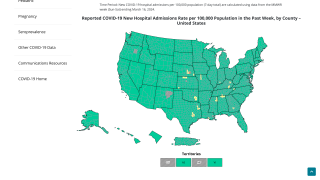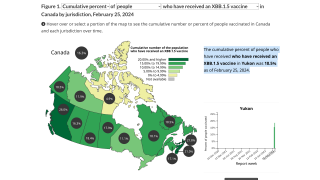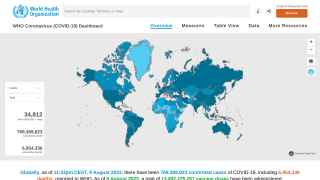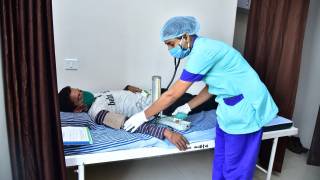This Coronavirus is a Continuous Shape-Shifter

A research team led by investigators at Harvard Medical School (HMS) recently identified several likely SARS-CoV-2 coronavirus mutations that empower the new virus to evade immune defenses, including natural immunity acquired through infection, from COVID-19 vaccination, and antibody-based treatments.
Published by the journal Science on December 2, 2021, this study evaluated the consequences of this viral evolution.
The researchers demonstrated mechanisms through which the SARS-CoV-2 receptor-binding domain (RBD) can tolerate large numbers of simultaneous antibody escape mutations and show that pseudotypes contained up to seven mutations, as opposed to the one to three found in previously studied variants of concern.
And they are more resistant to neutralization by therapeutic antibodies and serum from vaccine recipients.
They identify an antibody that binds the RBD core to neutralize pseudotypes for all tested variants but shows that the RBD can acquire an N-linked glycan to escape neutralization.
Unfortunately, these findings portend the continued emergence of escape virus variants.
The longer the virus continues to replicate in humans, the more likely it will continue to evolve novel mutations that develop new ways to spread in the face of existing natural immunity, vaccines, and treatments.
In a series of experiments, the researchers performed biochemical assays and tests with pseudotypes to see how antibodies would bind to spike proteins containing escape mutations.
Several of the mutations, including some of those found in Omicron, enabled the pseudotypes to completely evade therapeutic antibodies, including those found in monoclonal antibody cocktail therapies.
The researchers also found one antibody that could neutralize all of the tested variants effectively.
However, they also noted that the virus would evade that antibody if the spike protein developed a single mutation that adds a sugar molecule at the location where the antibody binds to the virus.
That, in essence, would prevent the antibody from doing its job.
“Our findings suggest that great caution is advised with the Omicron virus variant because these mutations have proven quite capable of evading antibodies derived from mRNA vaccines,” said senior study author Jonathan Abraham, assistant professor of microbiology in the Blavatnik Institute at HMS and an infectious disease specialist at Brigham and Women’s Hospital.
‘As parts of the world continue to face waves of infection, viral replication in human hosts under selective antibody pressure will continue to shape the antigenic landscape of the SARS-CoV-2 spike protein.’
The study authors highlight that their analysis suggests that repeated immunization even with the original spike protein antigen may be critical to countering highly mutated SARS-CoV-2 spike protein variants.
“This virus is a shape-shifter,” Dr. Abraham said.
“The great structural flexibility we saw in the SARS-CoV-2 spike protein suggests that Omicron is not likely to be the end of the story for this virus.”
This research was supported by the Massachusetts Consortium on Pathogen Readiness, U.S. Centers for Disease Control and Prevention; National Institutes of Health; and others.
Researcher disclosures: Jonathan Abraham, Lars Clark, and Sarah Clark are inventors on a provisional patent application filed by Harvard University that includes antibodies reported in this work.
PrecisionVaccinations publishes fact-checked research-based vaccine news.
Our Trust Standards: Medical Advisory Committee
























